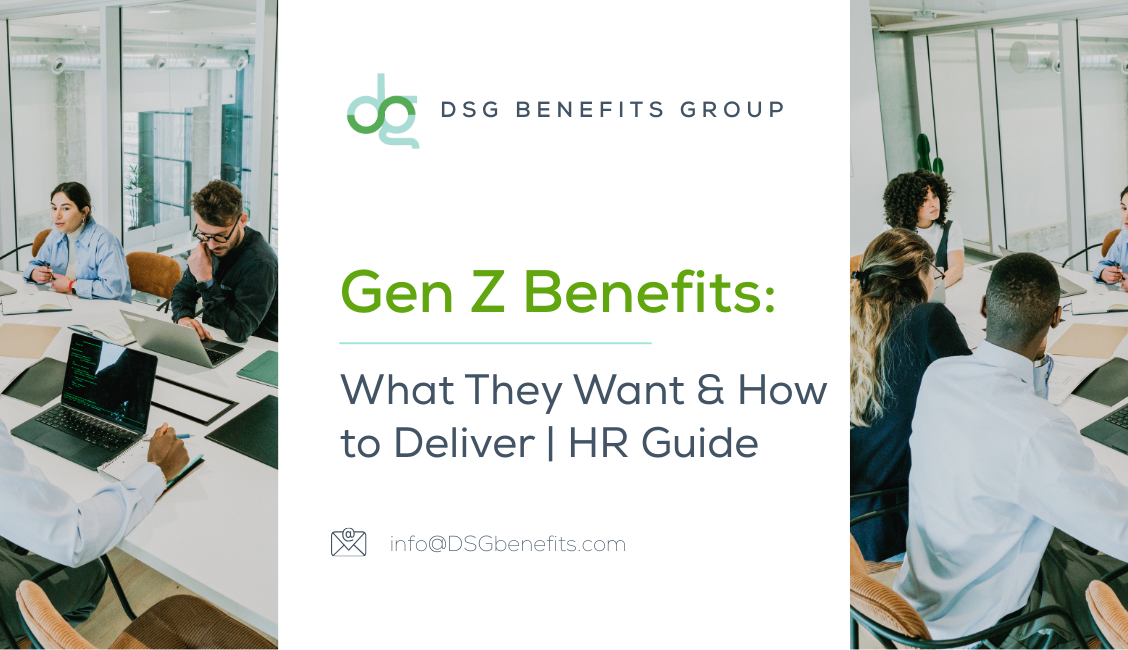The data is clear: Gen Z exhibits the lowest sense of loyalty to employers among all generations in the workforce. This reality makes your benefits strategy more crucial than ever in attracting and maintaining top talent.
What many employers fail to recognize is that offering standard, one-size-fits-all benefits packages no longer works. Gen Z workers want different benefits than previous generations. As the newest workforce cohort, they bring specific expectations that employers must address to hire and keep top talent. They want personalized options that align with their unique life circumstances and values.
Mobile-First Communication is Non-Negotiable
Gen Z lives on their smartphones, making mobile accessibility essential for any benefits program. Your benefits information must be:
- Easily accessible on mobile devices
- Delivered in bite-sized, digestible formats
- Available through multiple channels (email, text, apps)
- Interactive and engaging
When communicating about benefits like telehealth services available at $0 copay, make this information accessible where Gen Z actually spends their time – on their phones.
Financial Wellness Takes Priority
Despite common misconceptions, Gen Z is highly concerned about financial stability. Effective benefits programs should include:
- Financial education resources
- Student loan repayment assistance
- Transparent health plan options
- HSA/FSA accounts with clear guidance
- Credit-building support
One effective strategy involves partnering with local credit unions to provide lunch-and-learn sessions on financial health and credit management.
Physical Health with a Modern Twist
While previous generations might have been satisfied with standard health insurance, Gen Z expects more comprehensive wellness support:
- Gym membership subsidies and fitness app subscriptions
- Mental health resources and support
- Telehealth options with easy accessibility
- Preventive care emphasis
Our experience shows that Gen Z values gym memberships significantly more than nutritional counseling, though both remain important components of a comprehensive benefits strategy.
Work-Life Balance is Essential
Gen Z prioritizes balance between work and personal life more than previous generations:
- Flexible scheduling options
- Paid leave policies
- Remote work opportunities
- Well-being perks and programs
Employee Assistance Programs (EAPs) can be particularly valuable here, though they remain grossly underutilized at many organizations. Making these programs more visible and accessible can significantly boost their effectiveness.
Decision Support Makes a Difference
Benefits selection creates anxiety across all generations, but particularly for less experienced Gen Z workers. Consider implementing:
- One-on-one benefits counseling
- Decision support tools on mobile platforms
- Simple, jargon-free explanations
Many organizations have found success with dedicated call centers where employees can speak with benefits counselors to understand their options and make informed decisions.
Listen to Your Employees
Without employee feedback, it is nearly impossible to create a benefits program that meets the needs of your organization, especially with today’s diverse and multi-generational workforce.
Gen Z does not want the same traditional benefits that Baby Boomers value. You need to properly communicate, engage and educate your dynamic workforce using different channels.
Consider implementing these feedback mechanisms:
- Anonymous employee benefits surveys
- Regular feedback sessions
- Benefits utilization tracking
- Annual program reviews
And don’t just survey your employees once. This should be done at least annually to truly understand your workforce and create a program they actually want.
Standard approaches to benefits aren’t cutting it anymore. The traditional “spreadsheet, cost-shift, change carriers” methodology represents an outdated path many brokers take simply because it’s easy.
Want to learn more about creating benefits programs that actually serve your employees? Contact us to discuss how we can help design benefits strategies aligned with your organization’s unique objectives.

